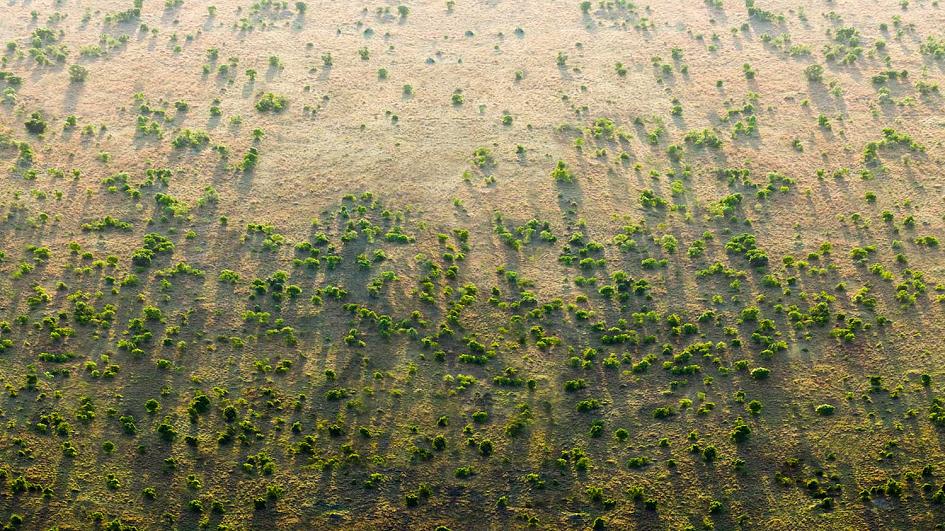in 2018 it was discovered that the Sahara, the largest desert in the world after Antarctica and the Arctic, has increased in size by 10% in the last century. An expansion due to a mix of human-caused climate changes and natural climate cycles.
Desertification is a major problem around the world, not least in the Sahel region, home to some of the poorest communities in the world. And although the global North is the most significant contributor to greenhouse gas emissions, it is precisely communities like those in the Sahel that pay the price. And this is where the Great Green Wall, the next wonder of the world, comes into play.

The Sahelian community is on the front lines of the climate crisis: facing persistent droughts, famines and rapid depletion of natural resources. Millions of people across the region, from Senegal to Djibouti, are managing the severe impacts of the climate emergency without help.
The Great Green Wall is an ambitious and beautiful project that could save an entire region from ecological collapse.
Great Green Wall: from Senegal to Djibouti
An entirely African-led initiative, the Great Green Wall is an ambitious project that aims to grow an 8.000 km natural wonder across the entire width of Africa. Millions and millions of trees are being planted since 2007 along the southern border of the Sahara desert.
Initially it was just going to be a line of trees stretching from east to west, to try to counteract the expansion of the Sahara to the south.
However, the project, funded by the African Union, quickly evolved into a large series of different environmental interventions. Ecological and technological tools of all types, differentiated based on the specific biogeographical needs of a single area.
Resources used to build a vegetation belt across the continent.
The Great Green Wall will be the largest living structure on Earth.
The project has received praise from around the world. The Irish president Michael Higgins claimed that the Great Green Wall “represents the best kind of international cooperation that will be required in this century.”
When the wall is complete, it will be the largest living structure on Earth. Three times the size of the Great Barrier Reef.
Great Green Wall
The Great Green Wall is currently about 15% complete, but the success of the project has already been far greater than initially anticipated. Degraded land is being restored at an unprecedented rate, which means greater food security for neighboring communities.
Nigeria, Senegal, Burkina Faso and Ethiopia have so far recorded the most significant recoveries in the Sahel region.
Over 17 million trees have been planted in Burkina Faso, representing an area of approximately 31.000 acres (12.000 hectares). Nigeria has seen over 12 million acres of degraded land restored (nearly 5 million hectares). Senegal and Ethiopia also had similar results.
Africa is regaining ground
By combating desertification in the area, regions have begun to see increased rainfall and more resilient and fertile agricultural spaces.
But the ecological impact is not the only objective of this project. The Great Green Wall also aims to empower and develop the surrounding communities.
"The Great Green Wall aims at sustainable and climate-friendly development, at all levels", explains Elvis Paul Tangam, the African Union responsible for this project.
Each of the 30 countries has developed national action plans, this is the greatest achievement, because now they own it. It's about property, and that has been the failure of development aid, because people have never identified with it. But this time they identify. This is our thing.
Elvis Paul Tangam, African Union Commissioner for the Great Green Wall
Future goals
Communities across the Sahel region are employed to build and then maintain the wall. The goal is to achieve lasting benefits for both people and the planet.
The population across the Sahel is expected to double by 2039: This is why a project that addresses the area's environmental issues, while providing employment opportunities, is now more vital than ever.
“The Great Green Wall promises to be a real game changer. It will provide a brighter future for rural youth in Africa and the chance to revitalize entire communities.” She says it Monique Barbut of the UN Convention to Combat Desertification. “It can unite young people around a common ambition: to create a 21st century world wonder.”
For decades, many international aid programs have been trying to bring about significant change in the Sahel region.


